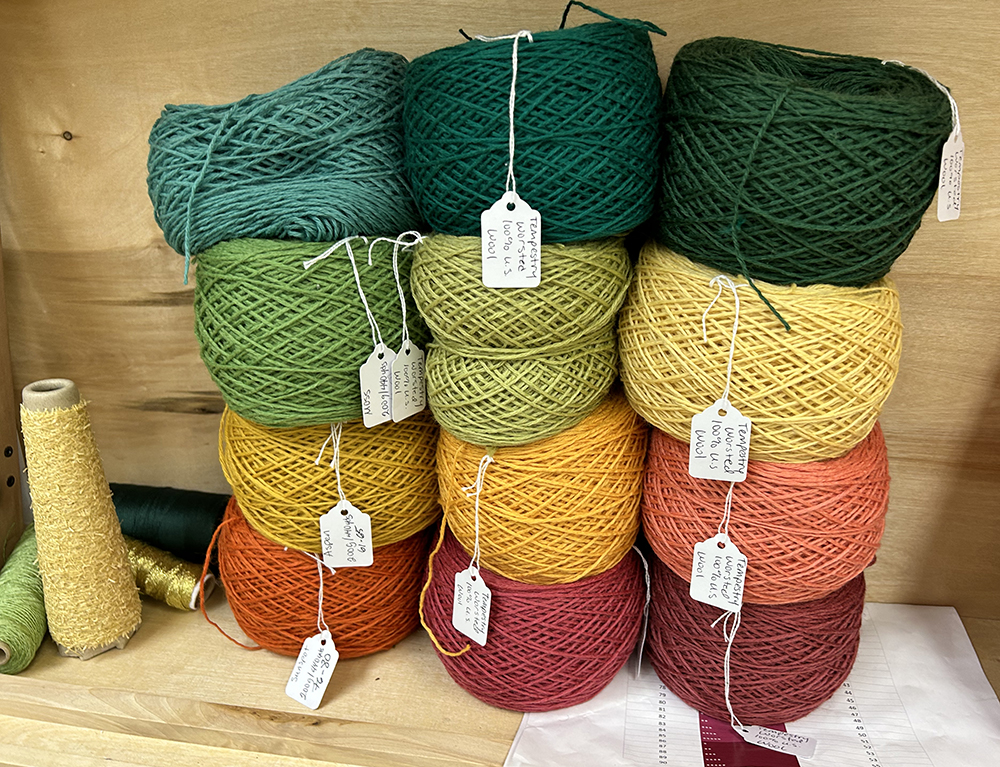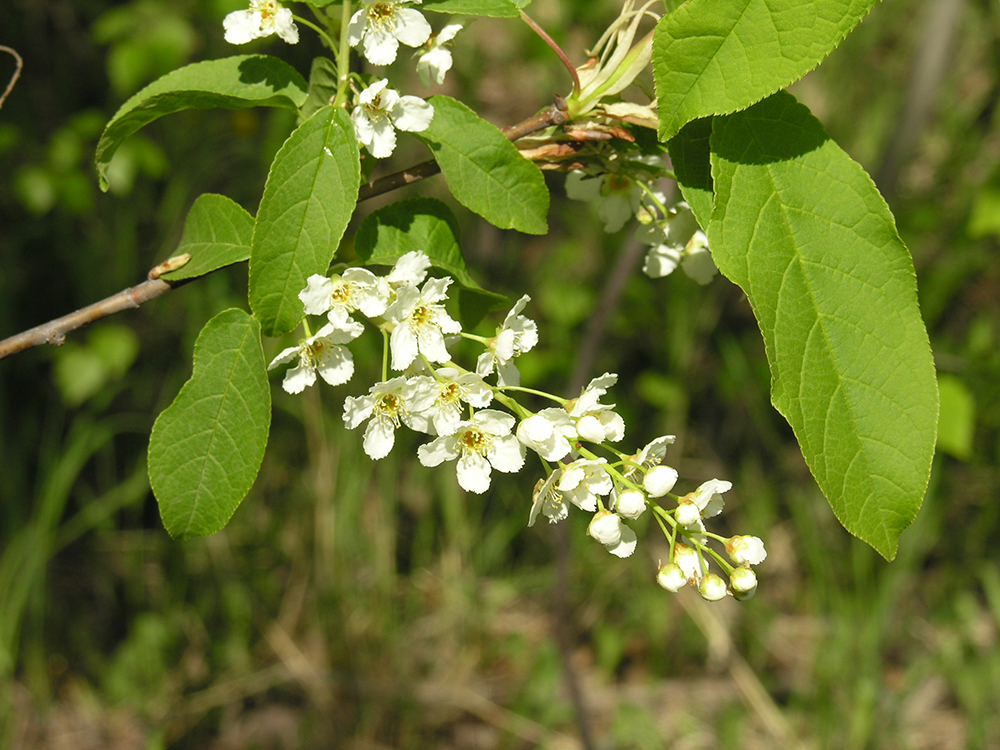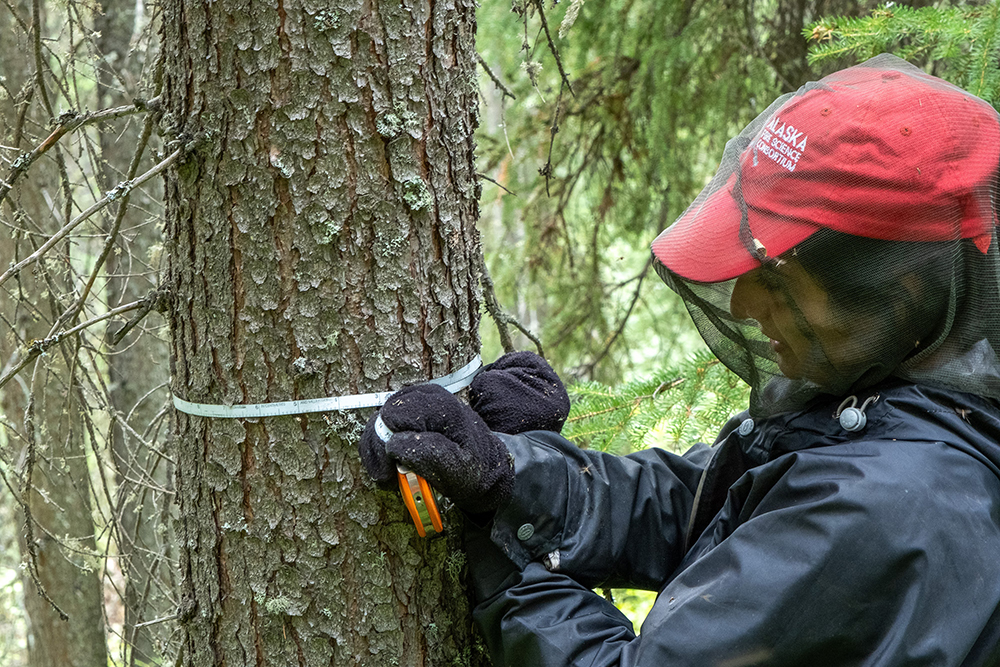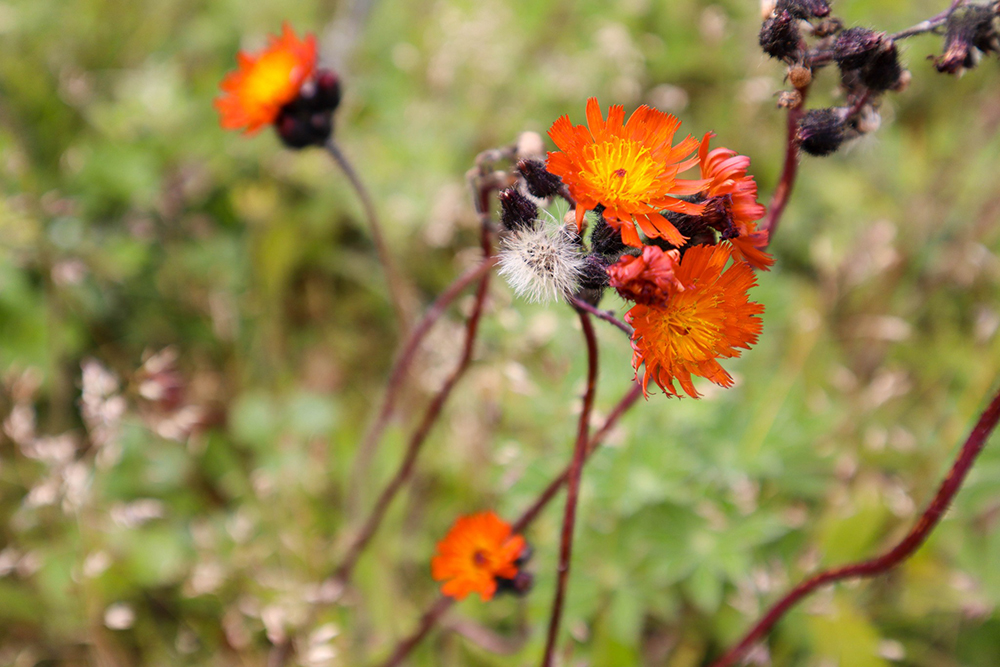Environment
Tracking Green-Up in a Changing Climate

For 50 years, Fairbanks community members have tracked when a stand of birch trees on a ridge near the UAF campus turns green through OneTree Alaska. The program brings climate and forestry information, together with birch sap data and pollen data, and makes it available to the general public through its degree-day calendars and projects such as Tempestry Tapestry, a weaving collaborative. The results are shared with the community to engage citizen scientists and artists in a conversation about our changing world.
Cherished Tree or Invasive Toxin?

Chokecherries are not native to Alaska and can form thick infestations, crowding out native vegetation and plants that wildlife rely on for food and habitat. In 2023, field crews used herbicide to eradicate the trees on two Fairbanks sites, one at the Cooperative Extension building at UAF and the other at the popular Tanana Lakes Recreation area. The sites will help build awareness of the invasive nature of the trees.
Forest Information Fuels Wildfire Response

Hot and dry summers, longer growing seasons, and shifts in seasonal precipitation in Alaska have led to an increase in forest fires and insect damage. Researchers are using remote sensing tools to develop a process to estimate forest biomass in Interior Alaska. The project aims to provide valuable insights for timber/wood industries and forest managers about how changing forests will respond to and recover from wildfires.
Invasive Species Management

An invasive weed infestation can reduce land values and agricultural productivity, and ecologically disrupt plants and insects, negatively impacting recreation, tourism and subsistence harvesting. The UAF Cooperative Extension provides community education, technical assistance and training to Alaskans to help track the spread of invasive species and respond to infestations. A downloadable app, social media campaign, training certification program and research-based publications work to protect Alaska’s valuable resources

